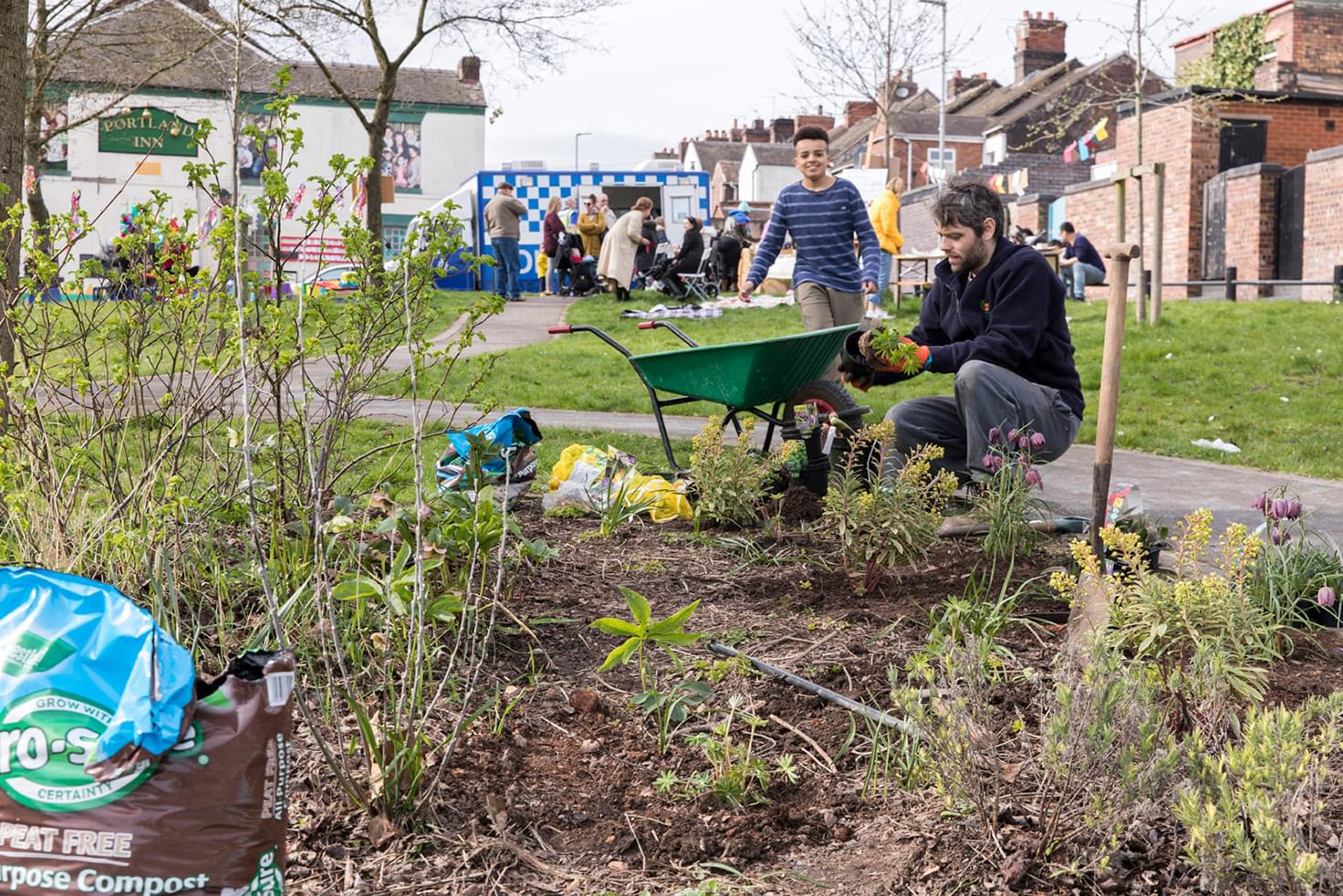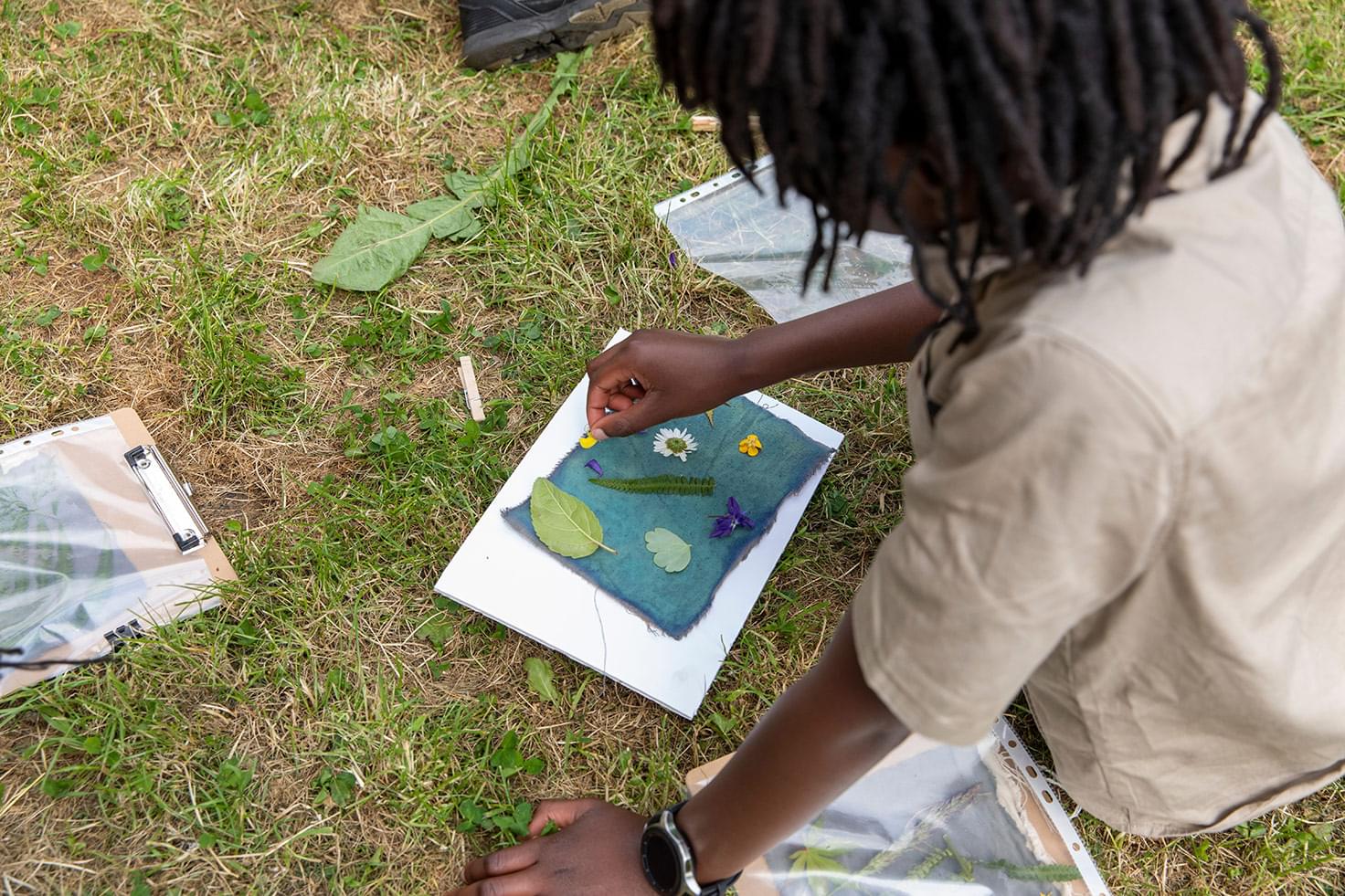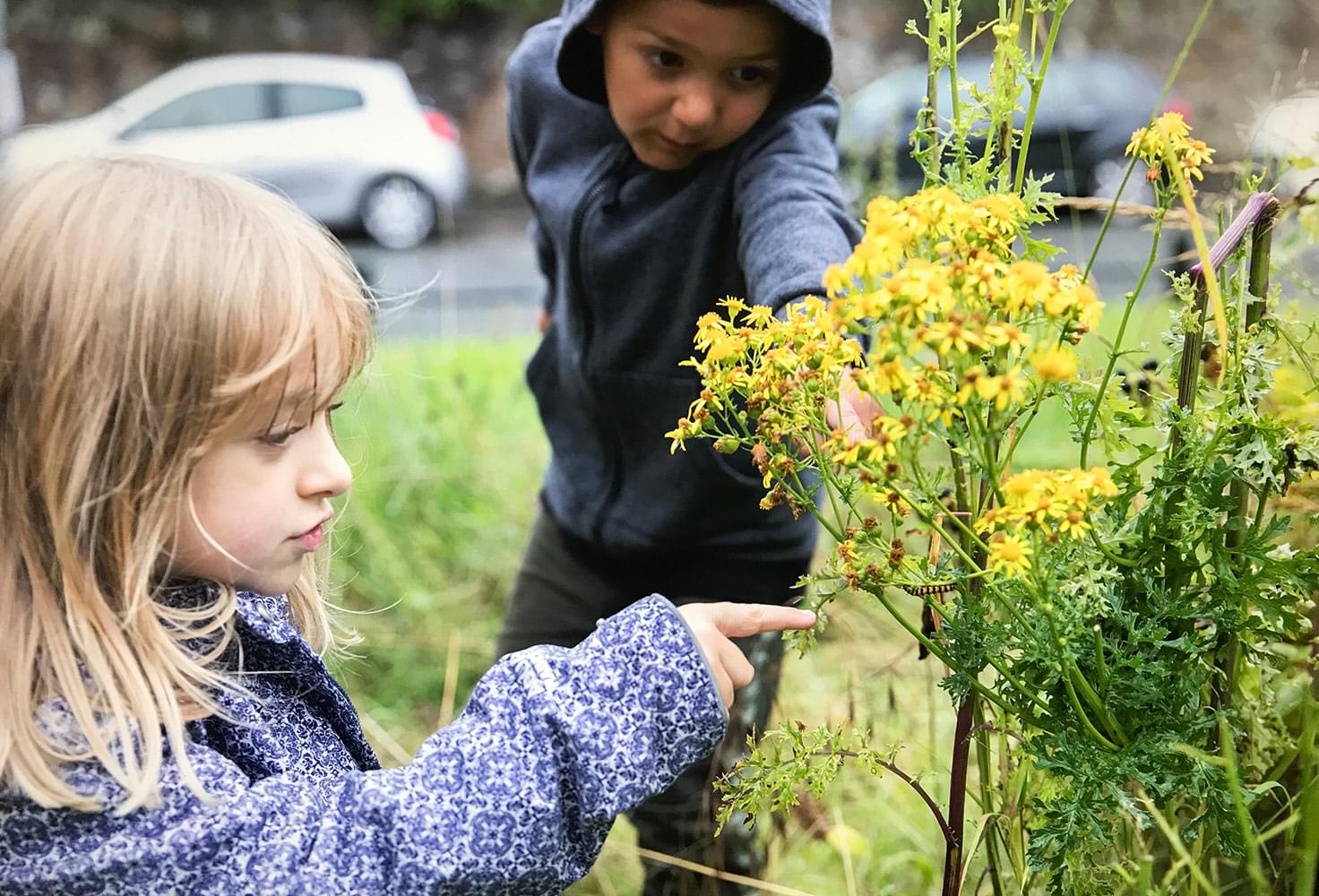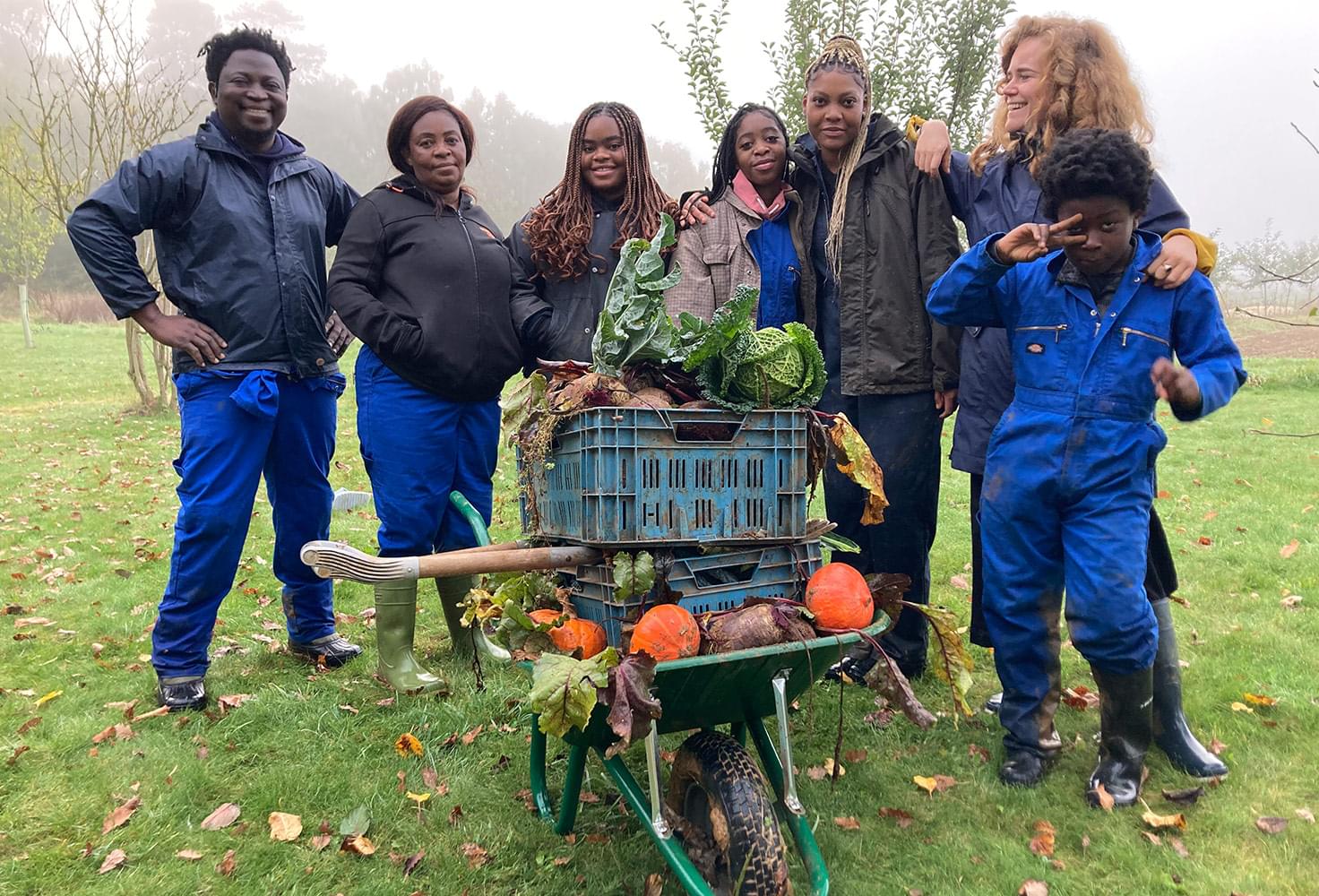Through writing a 100 year plan we have begun to think about our neighbourhood, and its future in landscape design terms. We are now approaching our community landscape very much like the way a gardener develops a garden. We have created The Tools to be able to plan together with our community for our community landscape to develop.
The thinking behind the tools:

You don’t try to develop the whole garden at once, you work on sections of the garden at a time. Sometimes once you have dug over an area and planted something it grows in its own and looks after itself, and you really don’t have to think about it again for some time. Other things you try in the garden might not work first time around, so you have to rethink and try something else next year. This is all part of the process, and an opportunity to learn.

The beauty of the community garden landscape is that there is space for all ideas within the garden.
Some community members want to know the entire plan – what is going where, and what is happening when, whereas others might just want to look after one particular plant in the garden, and know all about that and really don’t want to be involved in everything else.
In writing our 100 year plan, we are laying the foundations for a better place for everyone in the community. We are learning new skills and planting seeds for future development.

When it comes to choosing plants for our garden: annuals are the show offs of the garden. The Busy-Lizzies and Begonias shout for attention, and can be relied upon to create an immediate and impressive display, however, once their relatively short-lived flush has passed, they die off quickly and have to be taken up and discarded.
Perennials on the other hand, come in lots of shapes and sizes, and you can usually find a perennial to suit all manner of contexts in the garden. The best thing about a perennial is that if you choose carefully, and find the right one for your aspect (landscape gardening term for context), they will come back year on year, without too much extra investment from you.

In the next few years we aim to plant trees in our garden too, and have begun to think about what a community orchard might offer to an area like ours where food poverty is a considerable concern, and access to healthy food in particular.
When thinking about how to begin to plan the future landscape there are four pillars which can really help to develop an understanding of the context of the neighbourhood, and get started on planning ahead. We have prepared a set of tools for your community to use to get started on writing your 100 Year Plan.